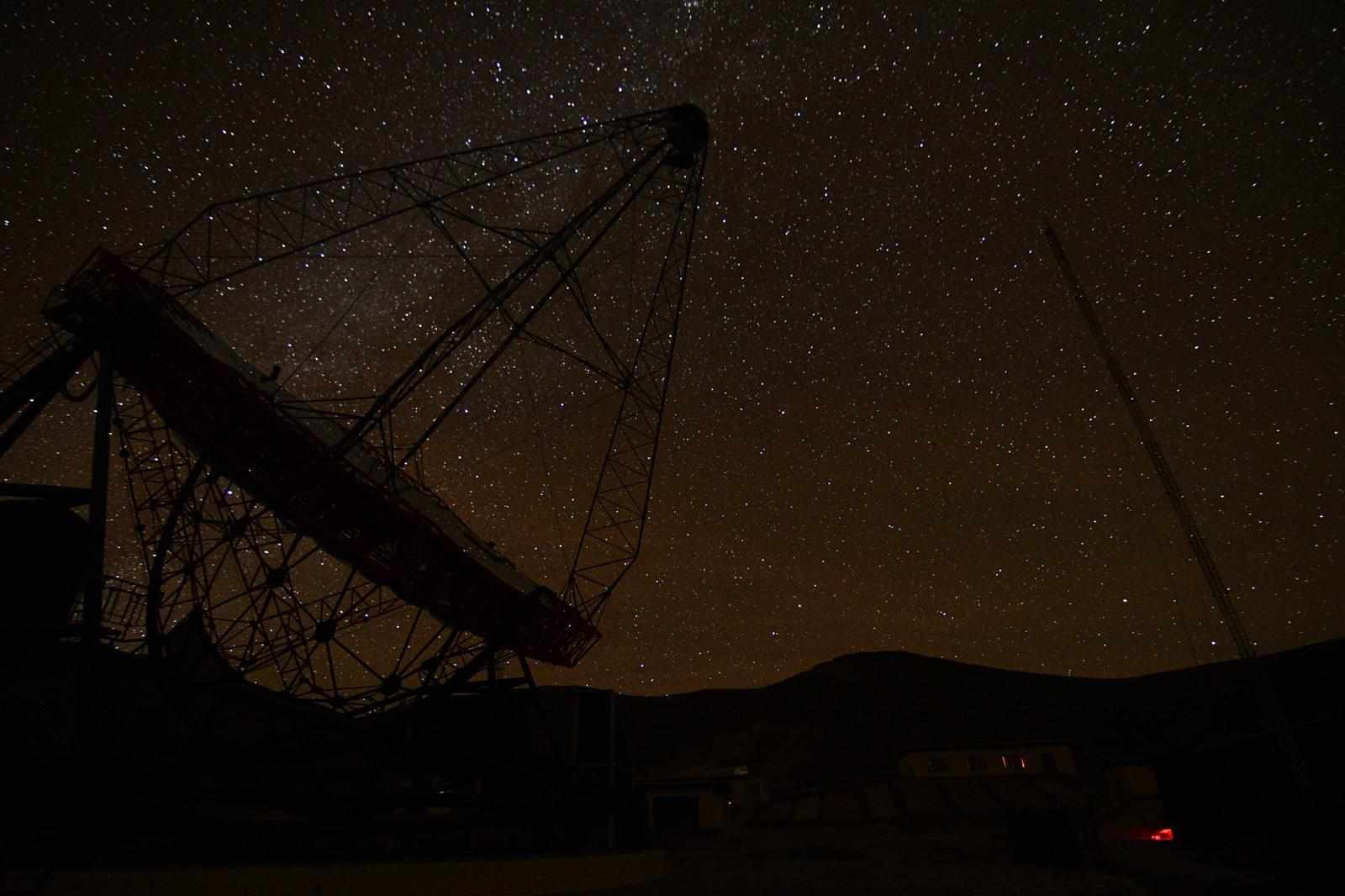(Note: I mentioned that I'm starting a new column for 3 Quarks Daily. This was my first effort, which aired last week.)
Many years ago, I spent a lazy evening in the Parque Balvanero Vargas in Limón, Costa Rica. I use that word deliberately, because I was lulled into laziness by the animal I was watching. In a diary I kept about that trip are these lines: "A small sloth is hanging upside down and munching on the leaves, a cat-sized light brown mat of hair. After a while he turns and comes near enough to touch. That appears to startle him, though his surprise is as slow and measured as his movements."
That charming experience came back to mind some years after that, when I read a paper about giant sloths. A team of scientists examined a series of fossil sloth footprints in the White Sands National Monument in New Mexico. They dated these prints to 11,000 years ago, that dating a feat in itself for various reasons. But their further inferences from these ancient impressions in the clay were even more impressive, and their paper tells that story. (David Bustos et al, Footprints preserve terminal Pleistocene hunt? Human-sloth interactions in North America", ScienceAdvances, 25 April 2018.)

Among the prints the sloths left were several human ones. Examining them closely, the scientists concluded that these humans were probably stalking and harrying a giant sloth; that the animal eventually stopped to face its tormentors; that the humans may have then run up to throw spears at the sloth. That is, these tracks in White Sands may be telling the story of a long-ago hunt. And if that's so, and if humans did regularly hunt those animals, they may be part of why giant sloths are now extinct.
All fascinating, yet the reason all this came back to mind this week is still another paper. Or two, actually.
Some background: In the 1970s, RM Alexander studied fossil "trackways", like the one in White Sands. He measured stride lengths - the distance between successive impressions of the same foot - of the animals that had left footprints. The question he wanted to answer was, how fast did these ancient animals move? More to the point, could he estimate that speed from just this fossil record of footprints?
He actually answered that - at least, for dinosaurs - in a seminal 1976 paper (RM Alexander, Estimates of speeds of dinosaurs, Nature, 13 May 1976).
"I have now obtained a relationship," he wrote there, "between speed, stride length and body size from observations of living animals and applied this to dinosaurs to achieve estimates of their speeds."
Reading that, your brow might furrow. Body size? How did Alexander deduce that from the fossils? Well, his "observations of living animals" led him to conclude that the height of an animal's hip is about four times the length of its foot ("track length"), and that was a reasonable measure of its size. Alexander expressed the relationship he had found in a formula that involved the stride length and the hip height.
I won't offer you that formula here. But over a half-century, it has become what a more recent paper calls "a familiar method across vertebrate ichnology" (the study of such "trace fossils"). It has become familiar even though there are questions to be asked about it. For example, is that factor of four really reasonable? If an animal walks with its legs bent at the knee, its hip is lower than if the legs are straight, so what then is the correct hip height? And can we really extrapolate what we know about living animals to dinosaurs that went extinct 65 million years ago?
Besides, what about sloths? What about that giant sloth being tormented by humans in New Mexico? Was it as slow as its modern cousin whom I met in Limón? Was it easily dispatched? Did that ease contribute to its extinction?
In any case, Alexander used his formula to estimate that dinosaurs moved at between 1 and 3.6 m/s. For us humans, that's a range from an evening stroll to ... well, I've run 10k races in just over 46 minutes, which is just about 3.6 m/s.
I'm pumped to know I could have outrun dinosaurs.
And yet, that should furrow some brows too. A lot of dinosaurs we know about were much larger than we humans are. What were they doing poking about their prehistoric world at a leisurely human tempo?
And yet, again, there's more to this story than that conundrum. Tash Prescot and colleagues took issue with Alexander's extrapolation from contemporary animals to prehistoric dinosaurs. "[Alexander's] original equation was derived from predominantly mammalian data," they write in that recent paper I mentioned. "There have been few validation studies using modern birds, the descendants of theropod dinosaurs." (Theropods being one of three major groups of dinosaurs, the only one that has evolved into contemporary animals. Among the theropods were giants like Tyrannosaurus rex, but also creatures the size of small birds.) (Tash L Prescot et al, Speed from fossil trackways: calculations not validated by extant birds on compliant substrates, Biology Letters, 25 June 2025.)

To test Alexander's equation, Prescot's team "used high-speed video recordings of two helmeted guineafowl (Numida meleagris) traversing mud of varying consistency." From the mud, they measured the guineafowls' stride and track lengths, and plugged those into Alexander's formula (and variants) to calculate the birds' speed.
Of course, they also measured the birds' speed. And what did they find?
Over several trials, the calculated speed averaged 0.61 m/s. Much slower than dinosaurs, but of course, these were guineafowl. But the measured speed? The average was 0.29 m/s. Less than half what Alexander's equation would suggest. So if that same inaccuracy held for dinosaurs, so much for questions about poking about. "[O]ur data indicate," write Prescot et al, "that speed estimates from trackways are inaccurate, if not outright misleading."
As always with papers like this, there's a lot to take in, question and ruminate over. For one thing, guineafowl have a "crouched posture", so their hip height is less than the length of their legs. By Alexander's formula, a straight-legged bird - goose-stepping? maybe a goose? - would actually be still slower than a crouching one. Is that true if you measure their speeds? For another, does the kind of mud on the track make any difference?
Be all that as it may. I now know I can outrun guineafowls. Somehow I'm not quite as pumped.
















Write a comment ...